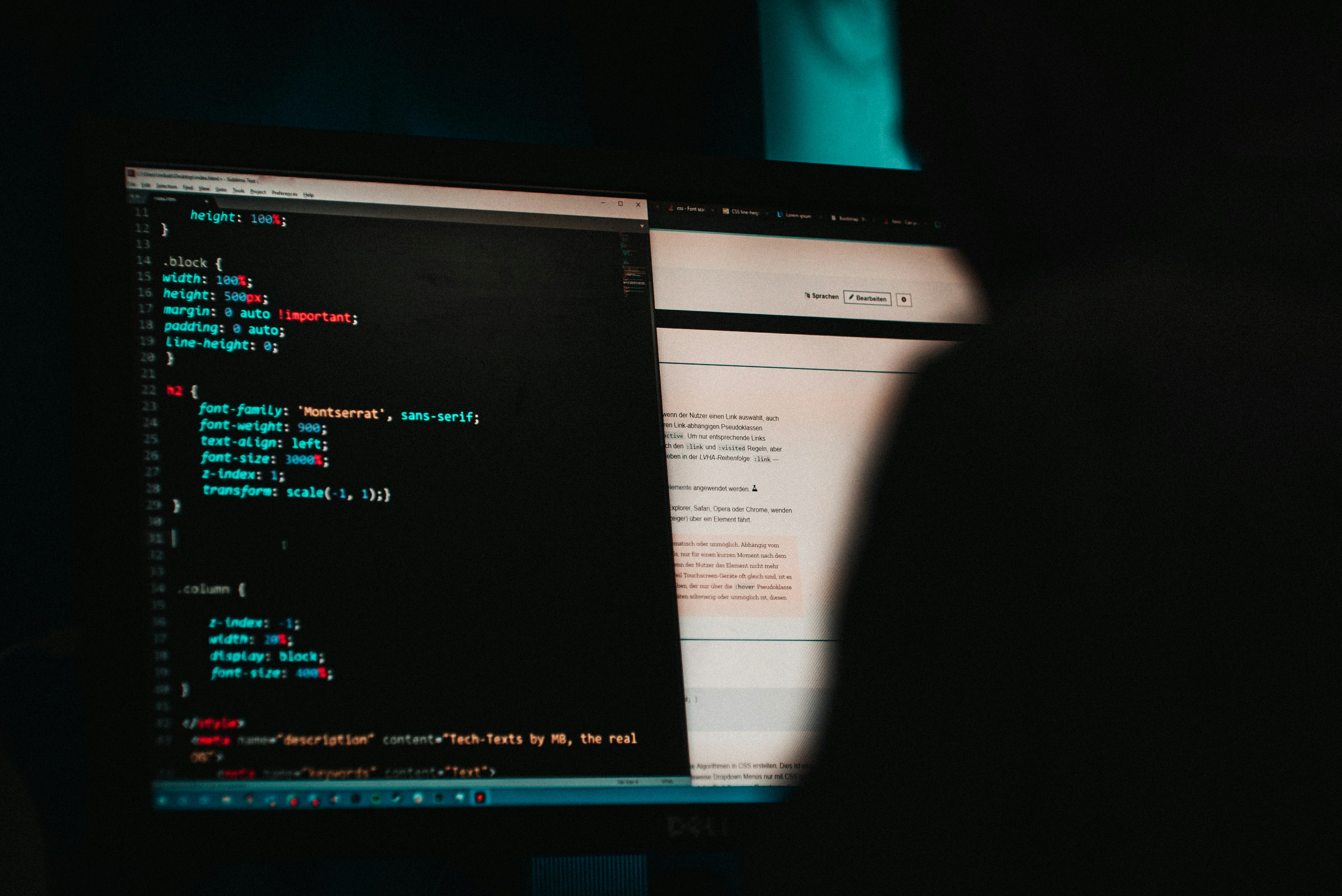13 February 2023
Optimizing Production Processes with AI
Some examples of Machine Learning usage
What does it mean to optimize production processes?
The optimization of a single business process or an entire production chain occurs when a strategy or a new working method is implemented that simplifies, speeds up, and makes the involved activities more productive; that is, to increase the quality of the final product while reducing the total production costs.
Effective optimization should be pursued using techniques or tools that allow monitoring and analyzing production factors and then creating alternative management and organization models (these may or may not rely on predictive models).
Optimization can concern a specific phase of the production chain, such as purchasing raw materials and managing suppliers, or it can involve the entire workflow, from resource planning to logistics administration.
Where to start for optimization
To embark on a business efficiency journey, it is first necessary to gather information about the current business operations and outline a general vision of the various processes involved and the company’s operational architecture.
It is important, for example, to be clear about:
- what the company’s medium-term goal is in terms of production
- how production is organized and into which “phases” it is divided
- whether it is possible to collect precise, objective, and quantifiable data related to individual processes
- whether there are known moments along the production chain that frequently experience slowdowns, bottlenecks, or problems
- whether there are internal difficulties related to potential process transformations.
Once objectives, needs, and difficulties are considered, one can proceed to choose the intervention area and the technology to be used: is it necessary to intervene in the machinery’s operation, or is it sufficient to improve the analysis tools used? Is a software needed to harmonize workflows, or do various administrative and decision-making processes need to be automated?
Choosing which processes and departments to optimize – some examples
As we have already mentioned, production optimization can be implemented in different production areas with different purposes: in the sorting of raw materials as well as in the departments responsible for organizing the workforce.
Just to give a few examples, optimization can mean:
-
implementing a system of analysis of the processes, punctual and holistic, that identifies the production processes most at risk of “failure” and hypothesizes the causes of slowdowns, waste, or breakdowns. Such a system allows identifying problems along the production chain, even in real-time, and can be integrated with a decision support system that, given the information obtained, suggests potential solutions.
-
adopting a predictive model in decision-making processes that investigates the demand for the produced good or service. By analyzing the market and consumption trends, the model can produce probabilistic estimates of future demand to guide production decisions, modulate the necessary resources, and reduce waste.
-
integrating, in the purchasing and procurement department, forecasts capable of providing value hypotheses regarding the availability and costs of raw materials and the supply chain in general. These estimates allow choosing the best time to make purchases and suggest possible stockpiling in case of potential shortages.
-
implementing tools aimed at planning work: not only the shifts of the workforce but also the hours of activity and downtime, maintenance, and monitoring of machines and plants. A fluid organization that harmonizes the various production activities and ensures the best use of resources allows adapting to production needs and reducing blocks, slowdowns, or unproductive overlaps.
Machine Learning for production optimization
Traditionally, the tools used in production efficiency are systems (software or otherwise) of organization, planning, and allocation, based on multi-objective optimization functions, rather traditional mathematical-statistical models that can only weigh some of the factors and constraints involved in production.
In recent years, however, Artificial Intelligence has emerged to enhance optimization solutions: both as an analysis paradigm and as a technology to be used within automation and rationalization solutions.
On the one hand, AI expands a system’s analysis and calculation capabilities thanks to its ability to process, manage, and consider many data simultaneously. On the other hand, AI is now (almost always) synonymous with Machine Learning and, as such, is capable of autonomously adjusting its action strategies and thus ensuring flexibility and adaptability in changing circumstances. This allows creating autonomous systems that can automate some functions and simplify the most complex tasks: improving and streamlining processes with very little effort.
It guarantees incremental improvement in optimization and more extensive and solid analysis capabilities.
Examples of optimization with ML
In practice, software integrated with a Machine or Deep Learning model can incrementally improve its results: making processes more efficient, simplifying workflows, and rationalizing resource distribution with increasing benefits. Even in real-time, AI is more effective: it can modify workflows or the configuration of a single operation on the spot, adapting processes to changing needs and objectives.
A properly trained ML model can, for example, **calculate production demand in real-time, consequently adjusting activity shifts or machine configurations, but also help reduce waste in the raw material preparation phase, evaluating the risk of human errors and suggesting on-the-fly process modifications to minimize the probability of failure.
More concrete examples can be the case of Chipotle, the famous American Tex-Mex restaurant chain, which decided to implement AI in its kitchens, and the automatic planning and forecasting system we developed at Aidia for a client company that produces furniture with wood derivatives.
The case of Chipotle
In September last year, Chipotle began integrating an AI-based administration system into its kitchens to optimize the freshness and quality of the food produced while minimizing food waste.
The system monitors the available ingredients and the number of customers in real-time: it tracks purchases and raw materials present in the restaurant and simultaneously creates demand forecasts based on company history and the number of customers who have already placed an order via app or website. The monitoring allows giving instructions to the restaurant staff: regarding which doughs, sauces, and ingredients to prepare, when to start cooking, and in what quantities. This allows for higher quality production, prepared on the spot with fresh ingredients, while simultaneously reducing the amount of unsold food.
The Aidia case
One of our client companies, a rapidly expanding furniture manufacturer, needed a support system for managing the production chain: a tool that could harmonize workflows, optimize resource management, and plan purchases to increase business productivity and reduce overall production costs.
To this end, our team developed software to coordinate analysis, planning, and rationalization activities. It is a platform that combines forecasting and decision support functionalities - related to purchase suggestions for wood procurement and demand analysis of various products - with a workflow automation system and process organization, which allows automating some operations and smoothly coordinating the sequence of actions between departments, while optimizing resource use. Overall, the system implementation allowed reducing production costs by 15% and minimizing machine downtime without affecting the high value of the final products.
If you also need an optimization solution for your company and want to know more, write to info@aidia.it or contact us and schedule a free consultation with us.

Lisa Bartali
Marketing Specialist at AIDIA, graduated in International Studies in Florence, passionate about history, economics, and the bizarre things of the world.

At Aidia, we develop AI-based software solutions, NLP solutions, Big Data Analytics, and Data Science. Innovative solutions to optimize processes and streamline workflows. To learn more, contact us or send an email to info@aidia.it.



